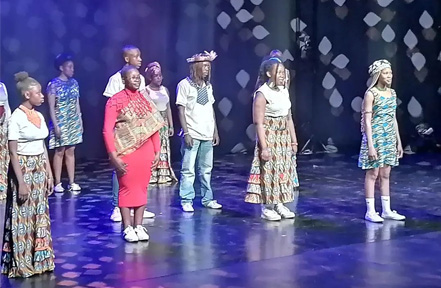Cradle of Creativity Festival launches in Johannesburg
The launch took place at the Market Theatre, but the festivities, that include performances, theatre workshops and talks, is currently taking place in several venues around the city, including the Market Theatre precinct in Newtown and Windybrow Centre of the Arts in Hillbrow.
By Edward Tsumele, CITYLIFE/ARTS Editor
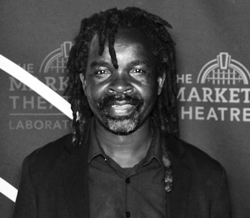
Sunday August 20, 2023, I had quite a lot on my hands: reading, thinking and writing that took pretty much of my early morning. In fact very early morning till late afternoon. You can imagine the exhaustion that comes with such a punishing, but necessary schedule. The plan was that after all this, I was going to take it easy.
Maybe have a glass of wine, relax and get to sleep early proper. No reading. No writing, and certainly no thinking. Well that was not to happen after all as I realised that I had confirmed my attendance at the launch of the one week long festival, Cradle of Creativity at the Market Theatre, organised by ASSITEJ and its partners.
The launch took place at the Market Theatre, but the festivities, that include performances, theatre workshops and talks is currently taking place in several venues around the city. It was also time to see old friends in theatre in particular and the arts in general for many of those who attended the launch as we enjoyed captivating musical offerings from students of the National School of the Arts, a very talented soloist from Gauteng opera and an experimental dance-theatre production titled Visitors, co-created by Dorkypark’s Constanza Macras and many of the South African cast members of her hugely successful show Hillbrowfication (2018).
It is a pity that I had to leave before watching Visitors, and again you can blame it on the fact of exhaustion as I needed some rest before the start of the new week. Visitors is a production that touches on several issues that may find resonance with South African audiences, such as the vexatious issue of immigration, who gets exclude and who gets to be accommodated and so forth and so on, the notes on the programme I got at the launch say.
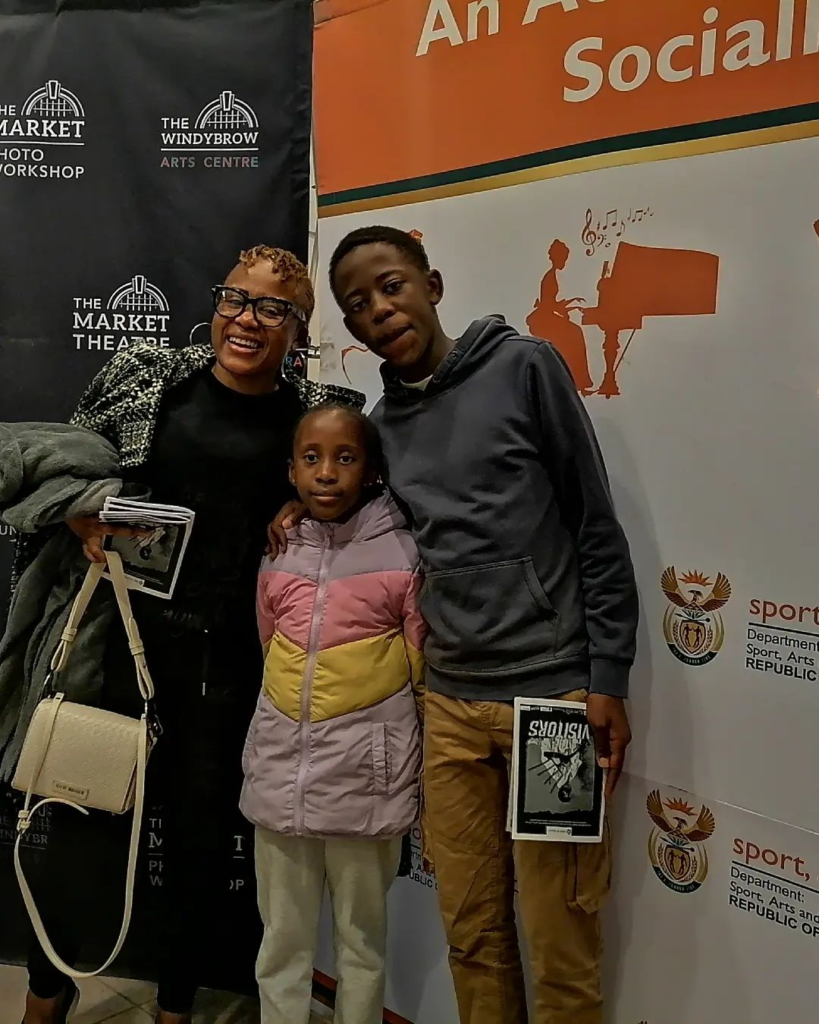
However, I did not regret attending the event, as I was able to catch the heart-warming performance by learners from the National School of the Arts, and I can tell you right now that school is doing something great with learners there.
Having said that I should perhaps add that there nothing new there, because the reality is that that school has a solid track record of producing some of the big names in theatre who later go on to hone their skills at prestigious art school at universities, such as Wits School of the Arts, UJ and University of Cape Town, among other institutions of higher learning that accommodate learners from this Braamforntein based specialist school of the arts.
Anyway, on Sunday the performers were so good that you would mistake these young artists for professional musicians. Led by an equally talented conductor, they were a marvel to watch. When a soloist from Gauteng Opera whose name has just escaped me, and for this you can blame it on the exhaustion, went on stage, he gave a so sterling a performance that I found myself re-energised. No wonder when the Deputy Minister of Basic Education Makago Reginah Mhaule went on stage to speak theatre after, she was visibly energised, and for the longest of time the audience was given what is probably the first indication of the planned closer collaboration between the Department of Sport, Arts and Culture and the Department of Basic Education.
The Deputy Minister publicly committed the two departments of government to a commitment to working together. This is quite important in that for the longest of time, people in the arts have been questioning the idea of the two government departments’ lack of collaboration, when in reality, it is obvious that they need to work together. It is a natural fit kind of situation, they argued. And now it looks likely it is finally happening for sure, and there are good reasons for this optimism within the arts sector.
For example, there are so many qualified people in the arts sector. In fact a significant number hold superior arts related degrees in music, visual art and film for example, whose expertise could be easily used as specialist subject teachers at schools, instead of using ordinary teachers who with all due respect, neither have the commitment, passion or knowledge of the arts. (Of course some do to be fair to those).
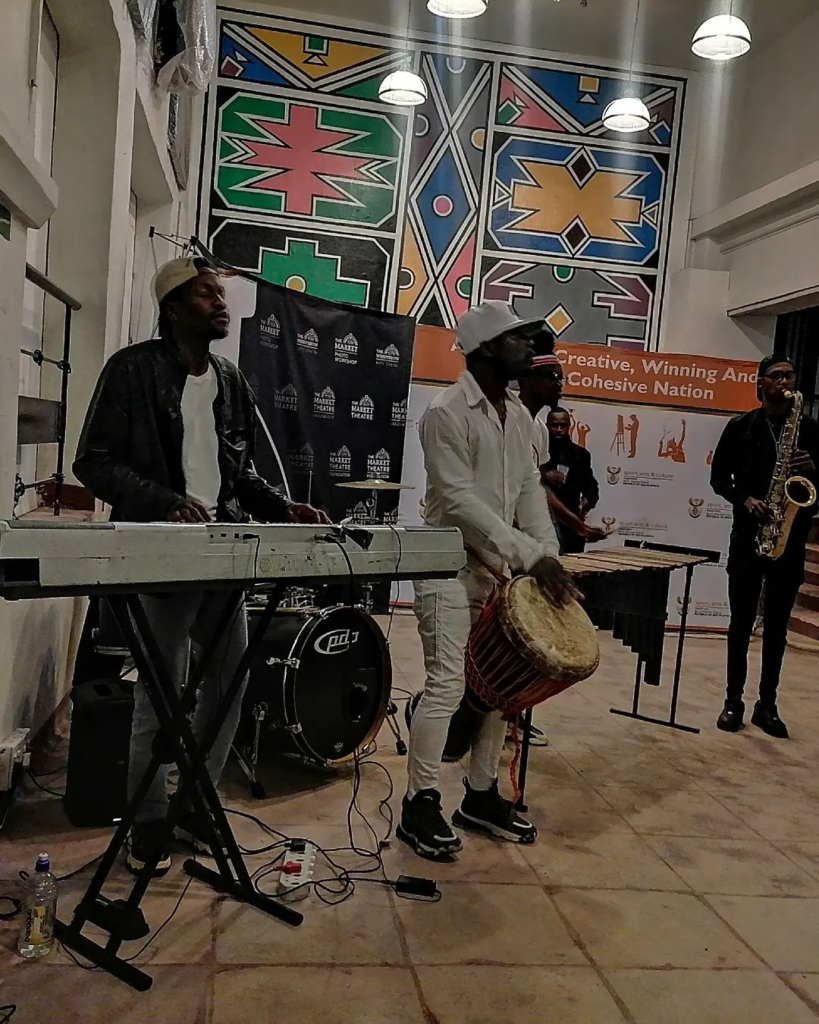
“The arts have a very important role to play in education, particularly when it comes to social cohesion. For example, we have been blamed as the Department of Basic Education in Parliament that young leaners, as young as nine year olds, get pregnant. But at schools we do not have beds, but desks. And these learners get pregnant not when they are at school, but when they are at home, and some of whom are being pregnanted by relatives. This is where the art education activities come in because they will keep these learners busy, having something to do after school,” she said.
Well said Deputy Minister. But perhaps this statement needs a bit of interrogation particularly because the arts should not be used as some kind of extra curriculum activity that learners can do after school–the diversity of arts must be core subjects like any other subjects in school.
The Deputy Minister herself in her speech alluded to the fact of the arts’ contribution to the Gross Domestic Product. The most important point however is that the Deputy Minister has publicly committed the two department of government working together closely. Significantly this does not appear to be just talk that politicians often like to engage in once they are given a Mic and a platform. For example the Department of Basic Education and the Department of Sport, Arts and Culture are alongside other partners that include Market Theatre, National School of the Arts, National Children’s Theatre, Social Employment Fund Sibikwa Arts Centre, Windybrow Centre of the Arts and Goethe Institut are partners behind this year’s ASITEJ programme. That is a good example of two government Departments finding each other for a common goal.
However, it is at this point important to point out that the role and impact of South African arts internationally and how that elevates the status and the profile of the country within the arena of cultural diplomacy can no longer be taken for granted during this day and age.
There are several examples that I can cite, just to contextualise what I have just stated above as a matter of fact.
During Covid-19 at its height of global devastation, it took a South African artist Master KG’s Jerusalema hit to get the world’s morale boosted in the face of uncertainty and fear as they took to the dance floor, sharing their dance moves to the rest of the world using technology.
Trevor Noah’s meteoric rise in global entertainment is there for anyone to see after his spectacular success as the host of the Daily Show, taking it to another level.
South African actress Thuso Mbedu’s artistic exploits in Hollywood is making the country proud for producing an artist of that calibre and so is that of Nomzamo Mbatha, another actress from South Africa who is steadily making inroads in international productions, particularly in the US.
When it comes to the visual arts, South African artists are doing very well currently as they continue to make a huge impression on global platforms, such as fine art auction floors, art fairs and exhibitions.
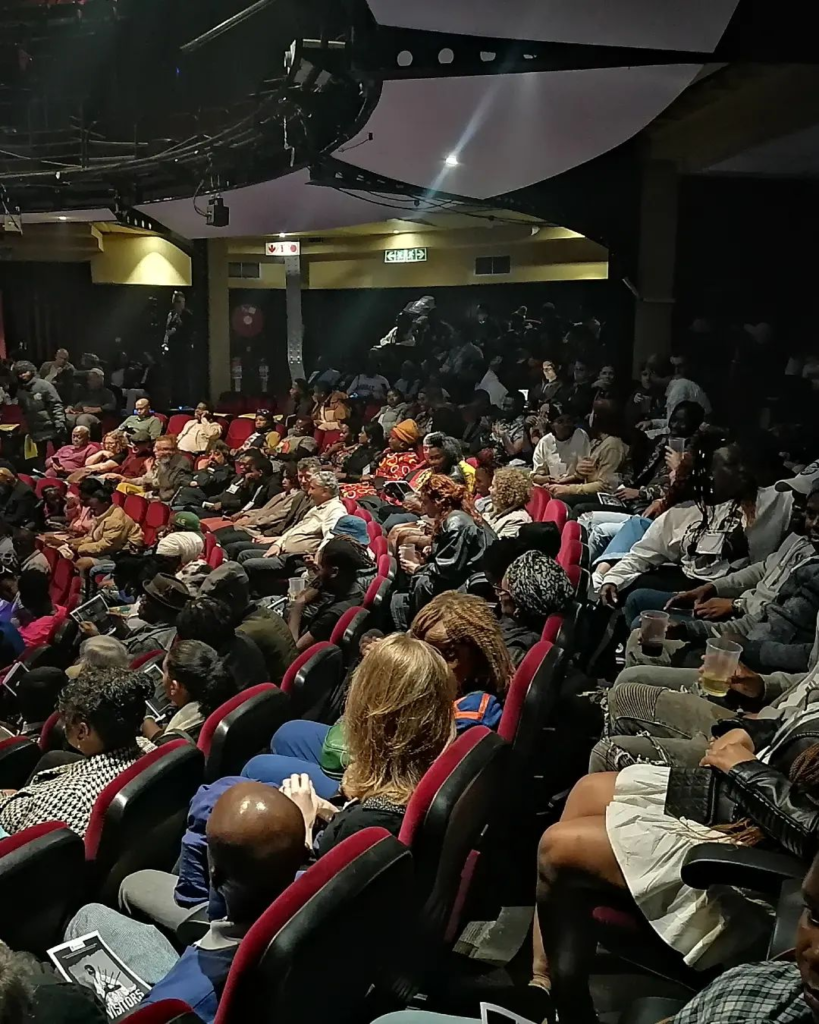
For example South African photographer Lindokuhle Sobekwa early this year won the Kobal Foundation fellowship, one of the richest Art prizes, and rightly so has just been given a nod by jurors of the FNB Art Joburg, who have given him the FNB Art Joburg Art Prize this year.
Senzeni Marasela, whose art practice focuses on the struggle of women in urban spaces as they find themselves often playing second fiddle to men, as well as the disruption of their lives through immigration from rural areas to the city, made headlines a few months ago when she was declared the Global Art Prize winner, one of the richest prizes for visual art global.
Nelson Makamo, whose iconic paintings of mainly children’s portraits, their faces, has found resonance with global collectors, particularly in the US where he seems to be steadily consolidating his foothold on the contemporary art market, particularly among wealthy African Americans, with rumours flying around that among collectors of Makamo’s works are to be found influential figures such as talk show queen Oprah Winfrey and music mogul Jay Z.
Not to talk about multi-disciplinary South African artist William Kentridge who has long cemented his foothold on the international art market, with his art works regularly making international news for selling exceptionally well at especially international fine art auction sales. In fact Kentridge has the distinction of being the most successful contemporary artist in the country.
Of course on the contemporary music scene, South African producers are doing very well, with DJ Black Coffee leading the pack. Not to talk about Amapiano and how this South African created sound is taking the world by storm.
And so Deputy Minister, you are right to commit your Department of Basic Education to work with the Department of Sport, Arts and Culture, harnessing the potential of the arts to transform the lives of young learners by way of pooling resources and directing them towards the arts as an education resource. But arts education in schools cannot just be treated as an extra-curricular activity anymore.
As my examples above have illustrated, not only are the arts an important part of a global economy, with technology making it much easier to access markets, the arts have the potential to turn some of its practitioners, not only becoming decent earners of income and look after their families, but even to become very wealthy.
I might not be privy to Black Coffee, Trevor Noah, Nelson Makamo or William Kentridge’s spreadsheet, but I can assure you Deputy Minister, you are likely not to see them queuing with the majority of the unemployed for a social grant at the end of this month.
And of course the new spirit of collaboration between your department and the department of Sports, Arts and Culture is the right one and has the potential to change not only the attitude towards arts as just an entertainment item at government evens, but to unleash creativity among the youth. Even make some of them to be very successful like the likes of Noah, Kentridge, Black Coffee, Makamo, Marasela, Sobekwa, Master KG, Mbedu, Mbatha and the list goes on.
For the rest of the Cradle of Creativity programme, which runs from August 20-27 August 2023, at Windybrow Centre of the Arts in Hillbrow and the Market Theatre precinct in Newtown go to www.cradleofcreativity.com










